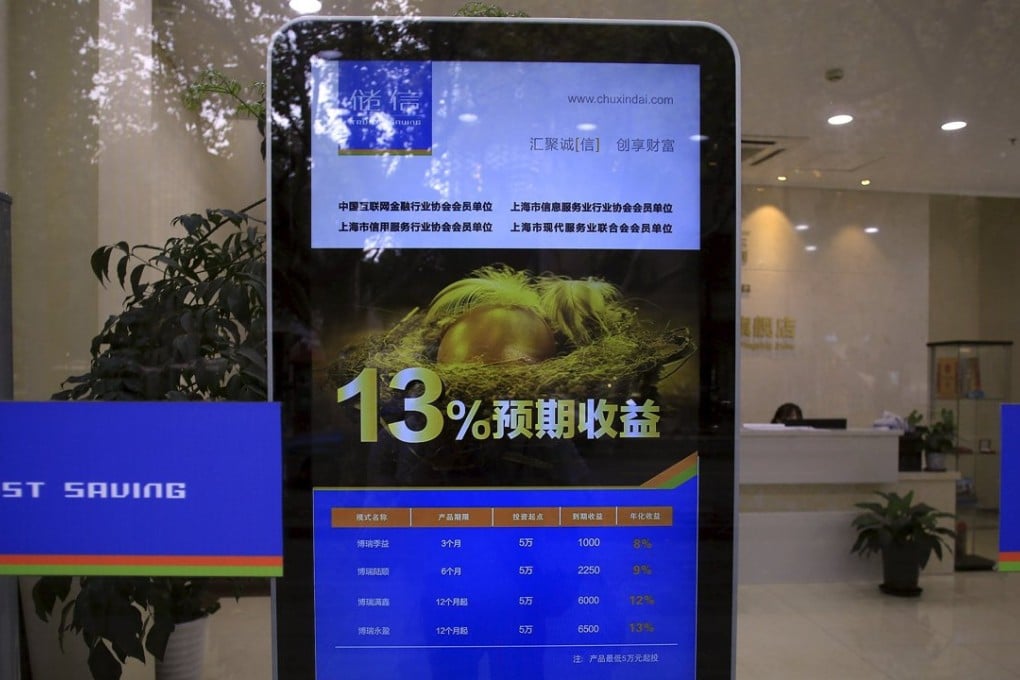New | Panda bonds alluring in China’s booming bond market

More reforms are needed in China’s domestic bond market to captivate foreign investors, and the yuan’s inclusion into the International Monetary Fund’s elite SDR basket was only an inch ahead in a mile-long journey.
With over 45 trillion yuan (HK$53 trillion), China’s bond market ranks the third largest in the world after the US and Japan. Riding on the tailwind of enormous deregulation and a credit easing cycle, new issuances have surged 73 per cent year-on-year to 17 trillion yuan between January and October. Yield curves are also inching down in a typical sign of a bond bull market.
Yet the party has been largely celebrated at home in China. Foreign ownership in the colossal market stands at a pitiful 2 per cent.
The IMF’s seal of approval last month to incorporate the yuan in the Special Drawing Rights basket, a notional currency rarely used in daily transactions, may spur foreign central banks to allocate more assets in yuan, but private investors would hardly budge on the pure basis of the IMF’s nod.
An SDR inclusion was ranked as the least important driver of investment decisions, according to a survey by BNP Paribas, which polled 44 institutional investors in both the private and public arena.
Other factors, including regulatory risks, information asymmetry vis-à-vis local players, and restrictions on investment quotas, were ranked far more important than the IMF’s symbolic move.